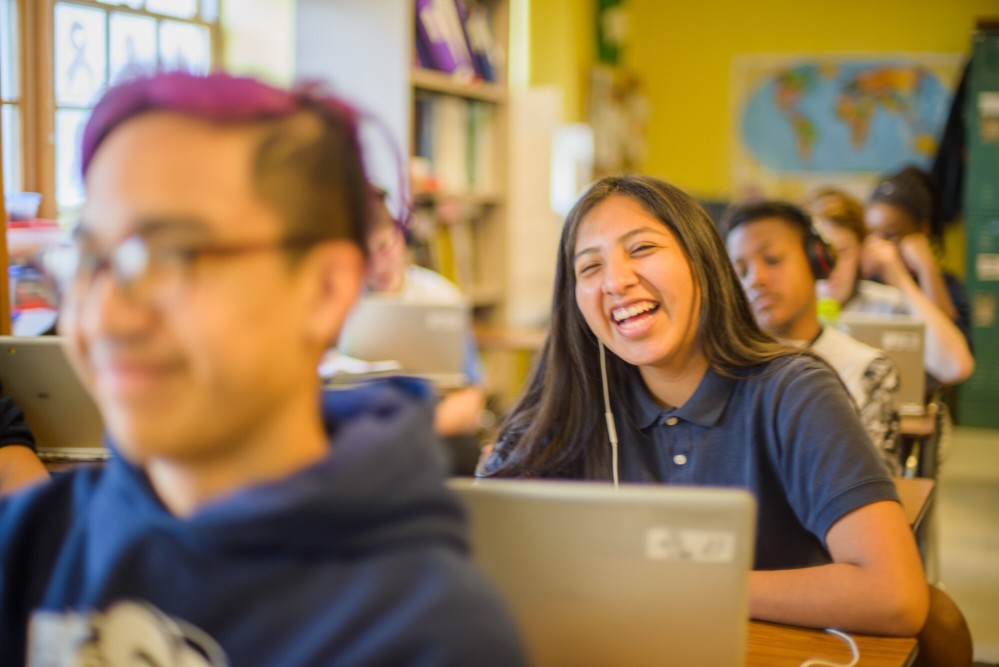 One of the most important aspects of learning that might be least understood is human memory. We are tasked with passing on skills and knowledge to students—it’s the most important aspect of our job. Yet how many educators have earned degrees and teaching certificates without any mention of how memory works?
One of the most important aspects of learning that might be least understood is human memory. We are tasked with passing on skills and knowledge to students—it’s the most important aspect of our job. Yet how many educators have earned degrees and teaching certificates without any mention of how memory works?
Guiding Students to Move Their Learning to Long-Term Memory
Senses and sensory memory: This may seem obvious, but the very first step to remembering is sensation—students have to sense the material. Most of the time, in school this equates to seeing and/or hearing the information. Practically, in the classroom teachers need to create an environment where it is as easy as possible for students to sense the material.
Attention: This brings us to attention. If students don’t give attention to those sensations, memory is null. To use a current education buzzword, this is engagement. Engagement is what the brain attends to. It is an act of cognition. Obviously, this is of extreme importance with respect to learning. Where students place their attention is where they have an opportunity to learn.
In my classroom, I want to make it as easy as possible for students to spend their attention on what’s most important for learning. This means I create an environment as free from distractions as possible.
Working memory: To put it simply, the conscious thought you are having right now is what is present in your working memory—it is the information you are cognitively working with. But again we see that although this is a very necessary step, it is not sufficient for long-term retention of material. To a certain degree, it’s a bit like a funnel for information—only so much material can make its way through without being lost, so it’s imperative that teachers carefully monitor the cognitive complexity of our classroom and the lessons we design.
For the most part, everything that our students attend to and engage with places a load on their working memory. If instructional design is too complicated, or not explicit enough as to what students should focus on, they may not have room in their working memory for the necessary stimulation for processing because they are focusing on the wrong information.
Long-term memory: As best we know, unlike working memory, long-term memory is limitless both in its capacity and in the length of time it can hold memories. While it would be fantastic if the memories of classroom material automatically processed into long-term memory, that is usually not the case. For most classroom material, this requires effortful processing.
Two of the best evidence-based learning strategies for this are retrieval practice and spaced practice. These strategies require, at differing times, for students to access their memories of the material and effortfully use and apply their knowledge. What’s quite interesting about this is when students retrieve these memories, they are now in working memory.
Generally speaking, the more we rehearse the recognition or recall of memories, the stronger and more efficient they become.
Excerpted from “What Do Teachers Need to Know About Memory?” by high school educator Blake Harvard. Read the full article online in Edutopia.
Source: Edutopia | What Do Teachers Need to Know About Memory?, https://www.edutopia.org/article/what-do-teachers-need-know-about-memory | © 2022 George Lucas Educational Foundation
CHC offers free community education sessions for educators. Join us to learn practical teaching strategies you can use in your classroom to help more kids reach their promise and potential. Educator sessions are led by experienced educator/clinician teams from Sand Hill School and CHC.





